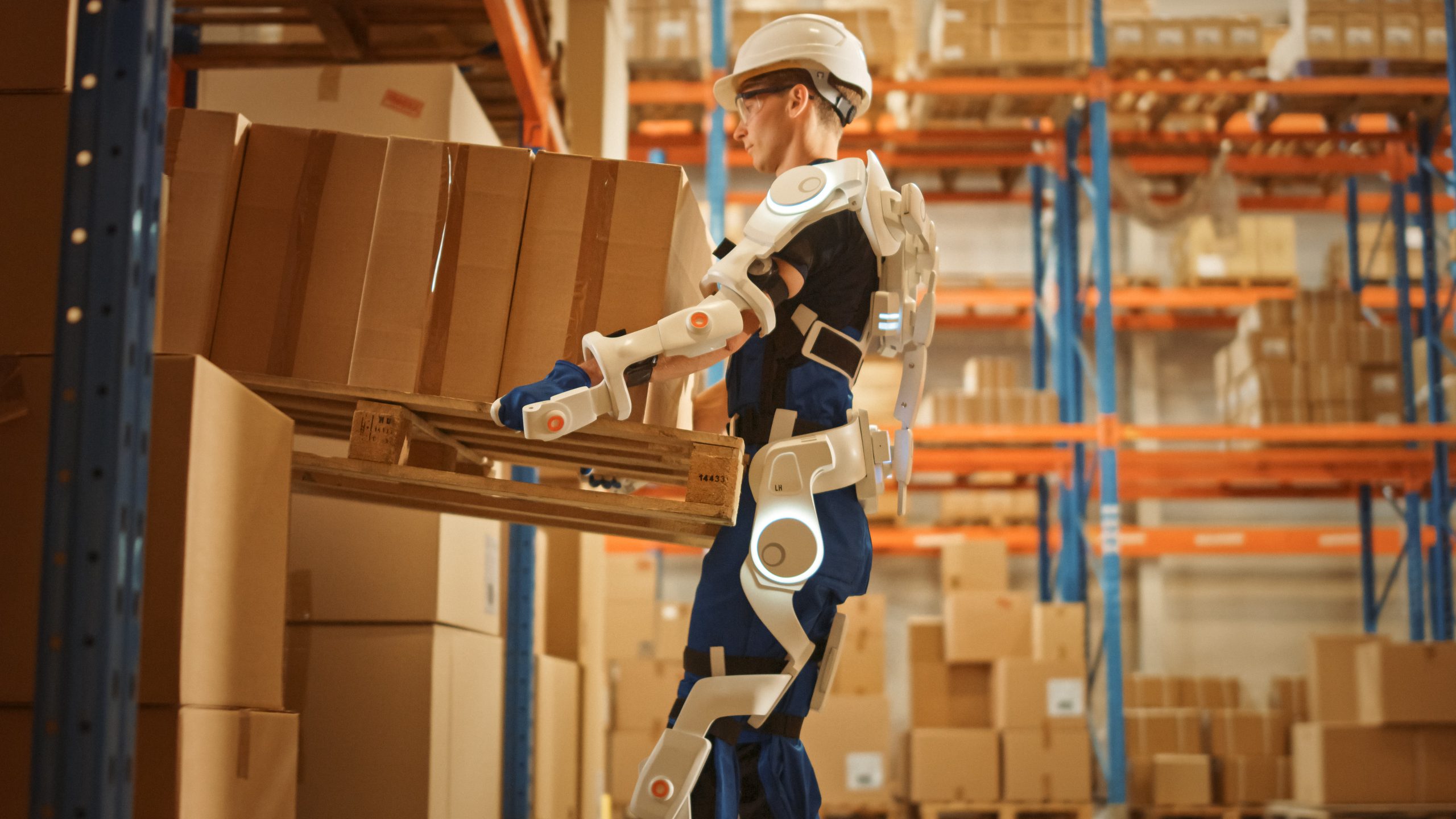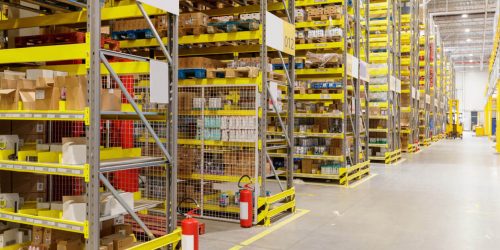Preventing musculoskeletal disorders in the warehouse through technology
Warehouse work can increase the risk of developing certain occupational disorders. This is the case with musculoskeletal disorders (MSDs) which represent 30% of work stoppages. These disorders, which affect the joints, tendons, and muscles, can have serious consequences on productivity. Find out different ways to protect against MSDs as well as the role of technology in preventing injuries and improving the quality of life of employees.
The consequences of MSDs in the warehouse
Musculoskeletal disorders, affect more and more warehouse workers. They mainly concern the upper limbs (hands, wrists, fingers, shoulders, elbows) and are caused by repeated movements or excess stress. MSDs can manifest as pain, muscle discomfort, or a loss of tone in a particular area of the body, which can then cause very disabling pathologies such as lumbago, sciatica, or herniated discs.
If one of your employees suffers from a musculoskeletal disorder, their production rate may be reduced, their quality of work-life will certainly be reduced as well, and your warehouse productivity may suffer. MSDs also have consequences on the motivation of employees, because, in the event of the appearance of this type of disorder, an employee may become reluctant to take risks in their workplace by performing a particular task. It is therefore essential to take measures to guarantee the safety of employees working in a warehouse.
In addition to having consequences on the productivity of your teams and on their motivation, musculoskeletal disorders cause a certain number of expenses for the company. These can be linked to the replacement of the employee(s) suffering from MSDs, and also to the possible replacement or repair of equipment damaged during a work accident.
Slowing down or even preventing the onset of MSDs in warehouse workers helps protect their health and limits the inherent costs. To achieve this, there is a simple solution: prevention.
How to prevent MSDs
To guarantee the safety of your teams, prevention against the appearance of MSDs is crucial. To this end, several solutions exist and are increasingly used in warehouses.
Invite your teams to specific training courses on ergonomics in the workplace and on the optimal postures to avoid certain occupational diseases. This training will make them aware of musculoskeletal disorders in order to better understand them and to detect them at the right time.
It is just as crucial to set up an action plan for your employees. This may include measures such as:
- Information campaigns on movements and postures to avoid;
- The provision of resources and tools to relieve your teams;
- The appointment of a health and safety manager within your company.
To go further, it is possible to carry out an assessment in your warehouse aimed at detecting the main risk factors for MSDs. This assessment takes the form of an ergonomic study and analyses the movements of your employees in order to detect the occurrences where operators perform repetitive movements, lift heavy loads, are subject to significant physical constraints or follow a demanding work rhythm.
It is important to know that certain biomechanical stresses promote the appearance of MSDs in employees. By limiting these demands, you will improve the safety of the teams in the warehouse in order to gain efficiency and productivity in the long term.
The key risk factors are:
- Repetitive movements;
- Prolonged bad postures;
- Intense and recurrent muscular efforts;
- Strong joint amplitudes.
Knowing and controlling these risks will help you prevent certain musculoskeletal disorders. You should also know that technology considerably improves the comfort of your teams by reducing their daily grind. It is thus possible for example, to entrust the most physical tasks to robots.
Technology supporting warehouses
In recent years, the appearance of technological innovations has revolutionised the quality of work in warehouses. Exoskeletons, cobots, artificial intelligence… new assistants are developing and greatly alleviate the hardship of employees.
Exoskeletons are robots that take the form of mechanical arms. These machines directly equip your employees and help them lift heavy loads. This assistance makes it possible to reduce the weight they carry on a daily basis.
There are also “cobots”, also known as “collaborative robots”. These intelligent tools are very useful to replace or support your teams, especially in the context of tasks with repeated movements and whose arduousness can weigh on the morale of your employees. Cobots can be configured for custom use to meet your one-off needs. They adapt to new tasks and assist your employees in the event of a peak in activity.
Automation is used extensively in handling and warehouses In fact, by automating certain tasks using intelligent robots, you free up your teams who can then focus on tasks for which humans have real added value. A simple configuration is enough to help you save time in the preparation of your orders or in the transport of certain objects within your warehouse.
These innovations certainly represent a significant investment, but they are important allies in developing the growth of your business. By improving the quality of life at work for your employees, these robots limit the appearance of MSDs and help motivate your teams, guaranteeing you better productivity. In addition to helping employees highly exposed to musculoskeletal disorders, technological innovations allow certain profiles to access a position, even in the event of a reduced physical condition.
For more information please visit us: www.manutan.co.uk/future-of-work






